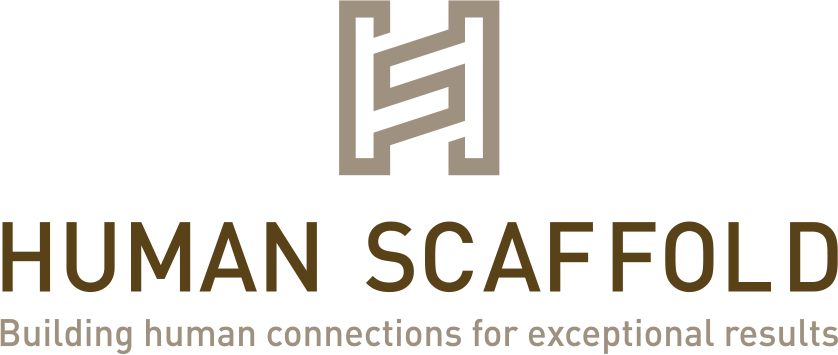Self-awareness is a key building block to being a great team player. However, what if you’re adding an individual to your team, and you’re not sure how self-aware he or she is? Even if you’re a great interviewer, are you really sure that this candidate is the ideal fit for the role? What if you have 2 candidates that are great on paper – is one better suited to the role than the other? If so, how can you tell?
Why is it important to get the “right person in the right position”?
- Retention,
- Optimal productivity,
- Aligned values,
- A ‘fit’ to the culture of the company,
- and the list goes on.
What is the cost of not getting the correct hire?

The Cost of On-Boarding
I think everyone would agree that on-boarding new team members comes with a significant investment of resources and capital. Since actual dollar amounts will differ depending on the size of your business, and the demands of the role, let’s consider how much expenditure goes into the hiring process when you consider the costs of:
- a recruiter or external hiring team,
- the salary of an HR team and individual on the hiring team,
- attending Career Fairs,
- posting on job boards or online e.g. ZipRecruiter, etc.
These are costs that are incurred just to get talent to your door. Consider the investment of the on-boarding processes, once someone is hired:
- Product training,
- Time and effort in learning company procedures & processes,
- Time involved in having sales team members to form relationships with customers,
- Salary of the new employee,
- Potential travel costs if training programs are off-site or at a regional or global Head Office.
This requires a significant amount of emotional and collaborative effort within your company and ultimately time & money! This is well worth the effort for an individual that is a good cultural fit, hard worker and will ultimately provide a terrific return on your investment. However, what if all of this effort in on-boarding wasn’t a good fit for the role after all?
What if Your Hire Doesn’t Come as Advertised?
Great question! The job description for a given role should include expectations and core competencies that can result in an ideal behavioural profile(s) for a given role.
Unlike personality, which tends to be fixed by the end of adolescence, behaviours evolve over time. While they can be changed, it requires a great deal of conscious focus and perseverance resulting in significant input of energy. An individual can have the greatest interview of all time, and tell you exactly what you want to hear. Heck, they can even fake it for 3-4 months to make it past the probationary period. However, the amount of energy it would take to keep it up past that point would be too great, and eventually their natural behavioural tendencies will take over.
If these eventual behavioural tendencies are not what the individual advertised in the interview, then suddenly, you have a problem.
The Right Fit for the Right Position
Wouldn’t it be helpful to have a future look to see how an individual’s ultimate behaviours will be a fit for your company’s culture, expected competencies and role expectations? Since we are unable to travel to the future, the next best thing is to perform a behavioural assessment. PDA Behavioural assessments are a simple, precise, scientifically validated and cost-effective solution to ensure you provide yourself the opportunity to make an informed decision on your next hire.
Use the job description to determine the profile you’re looking for. Finding the best behavioural match will be much easier. Once you know this, you can go into the hiring process with your eyes wide open!
Let’s chat!
I’m happy to discuss how Human Scaffold can help you to find “the right person for the right position” when you hire, creating a culture of engaged employees. Give me a shout at: 905-481-2734, or email: mike@humanscaffold.com

